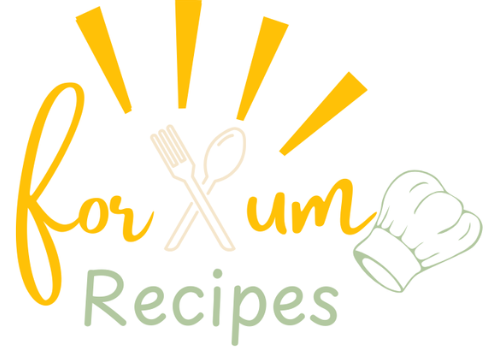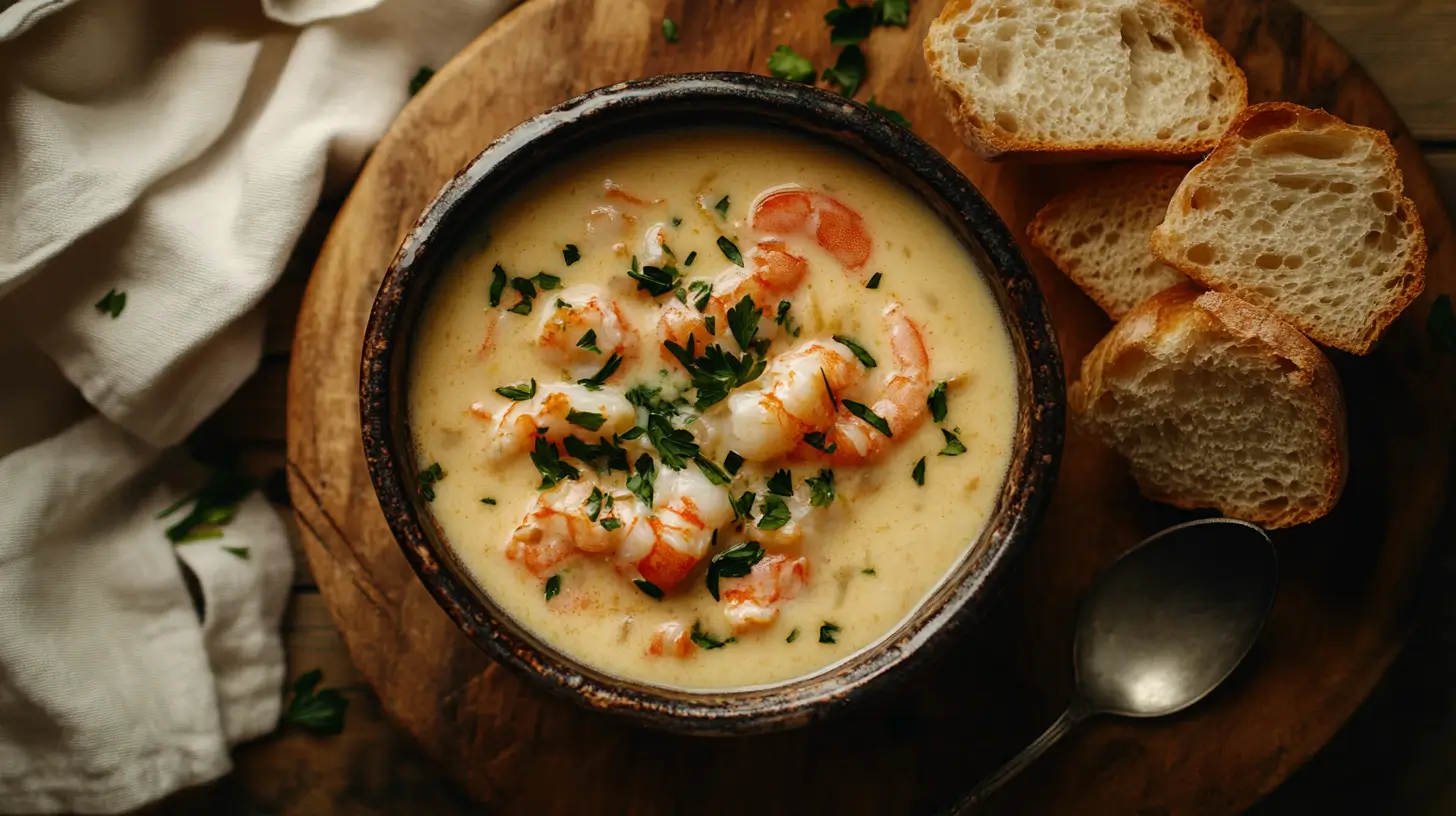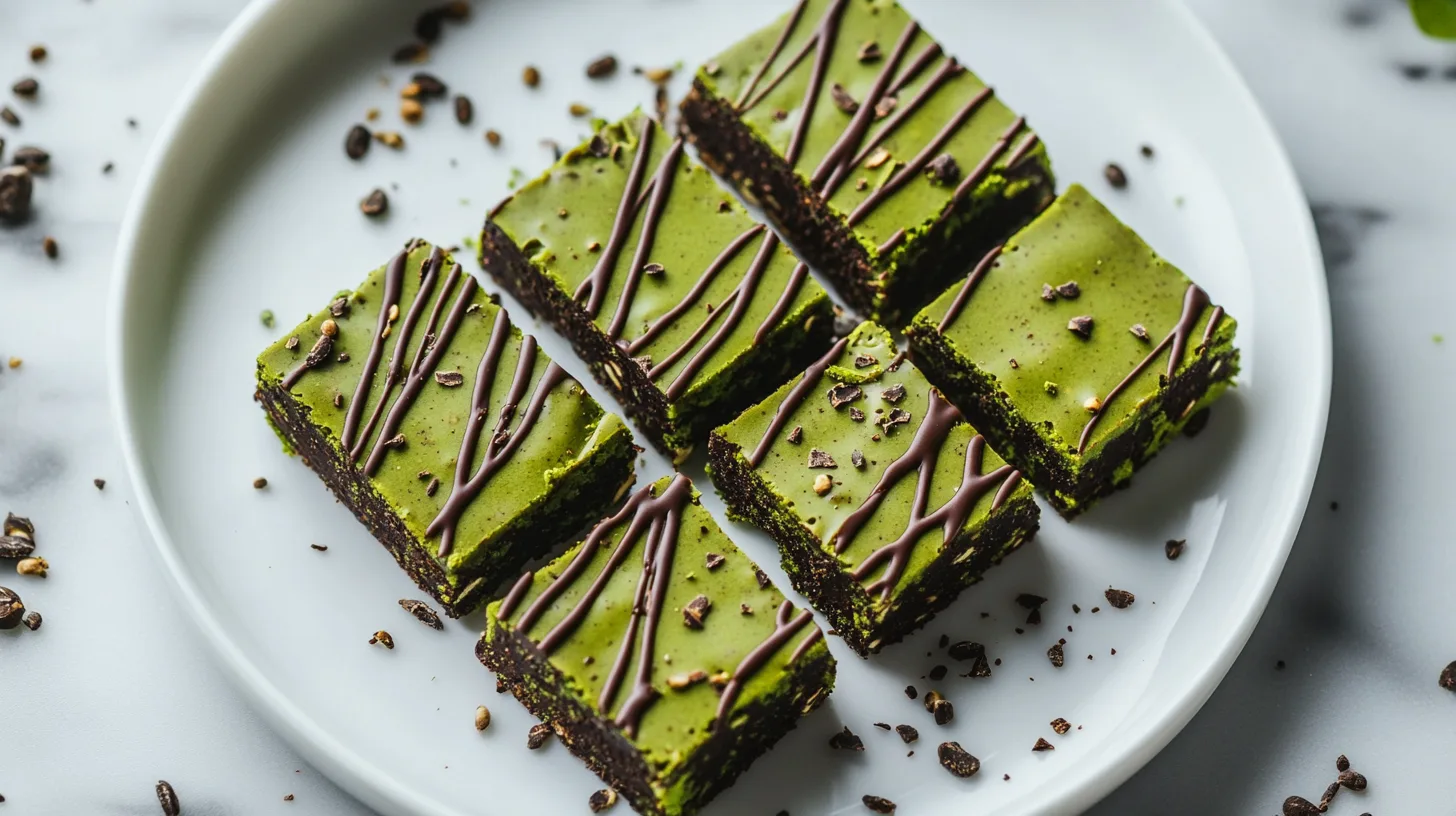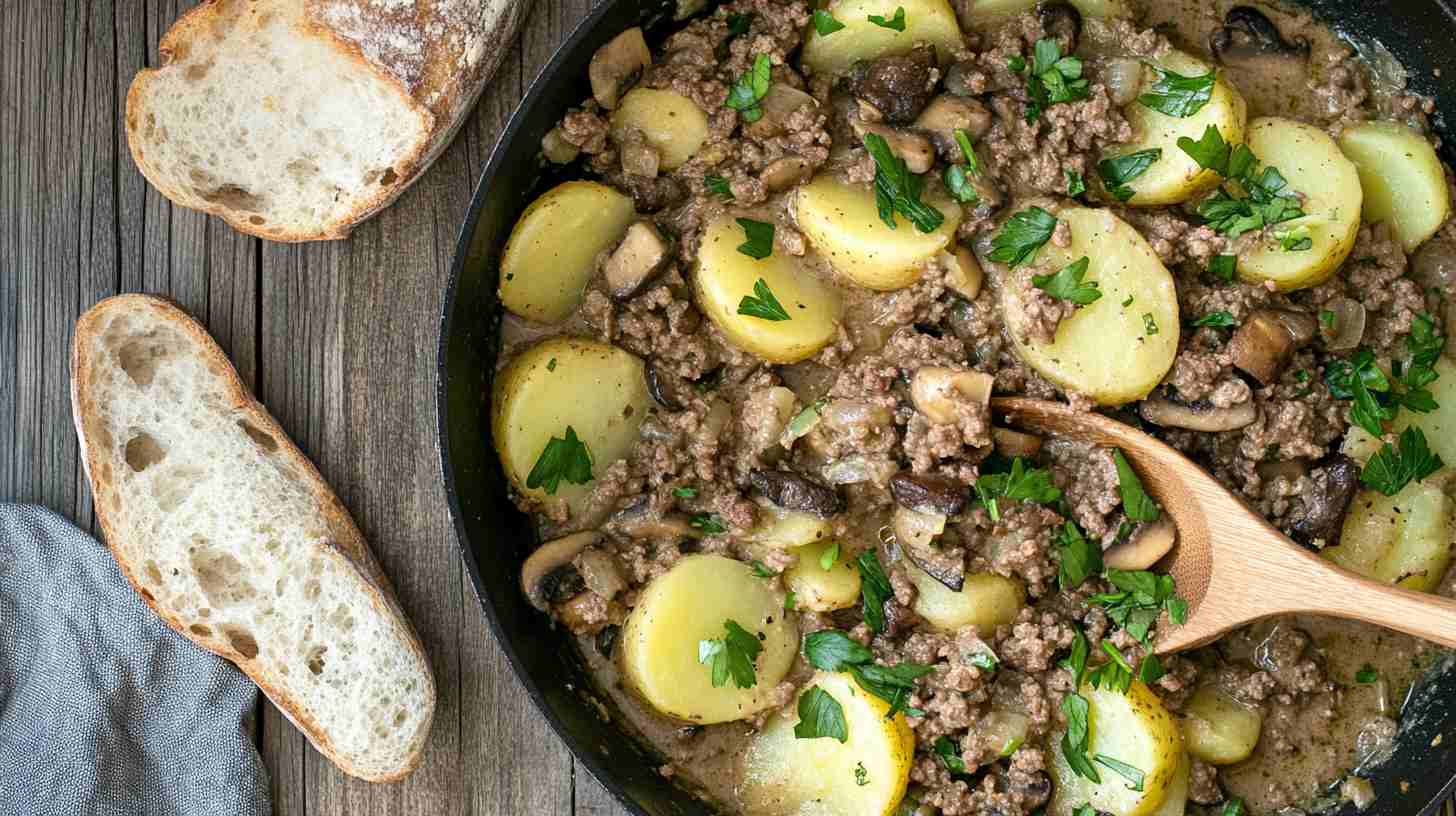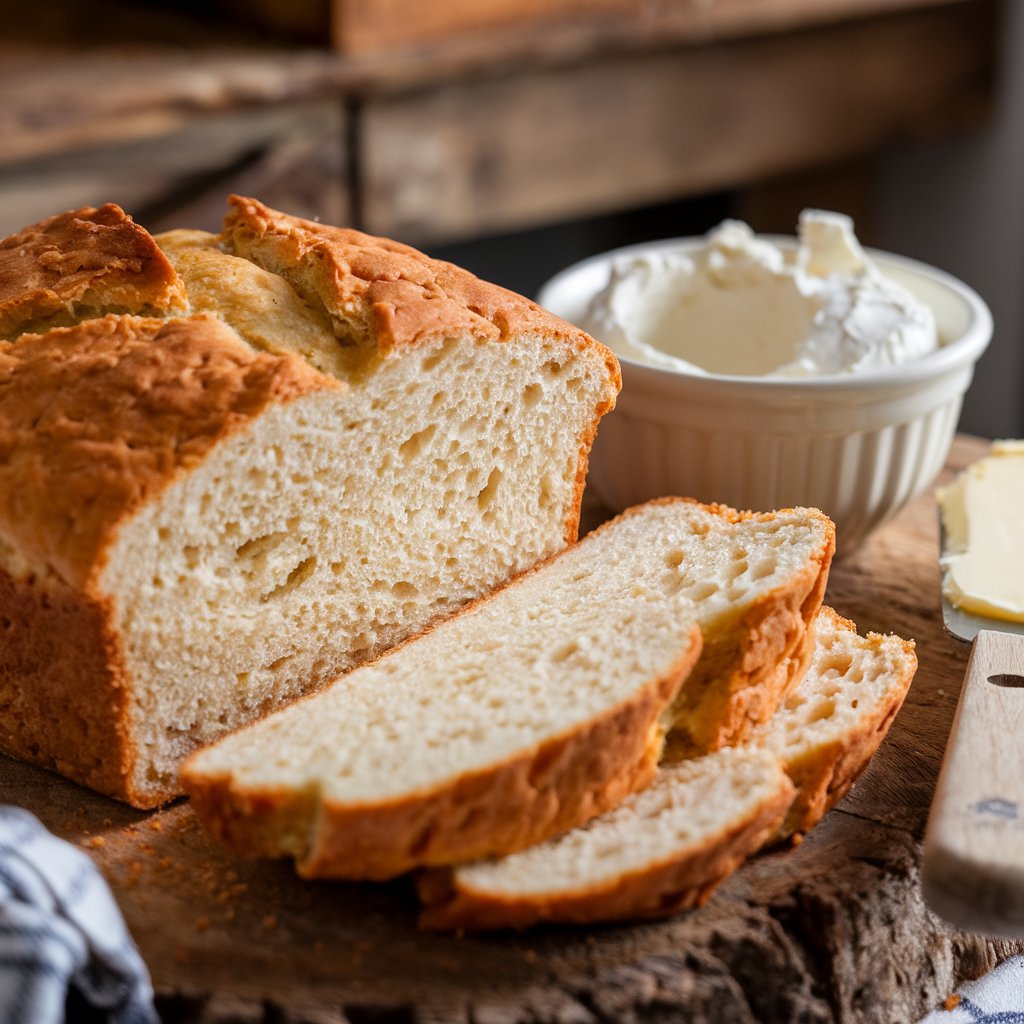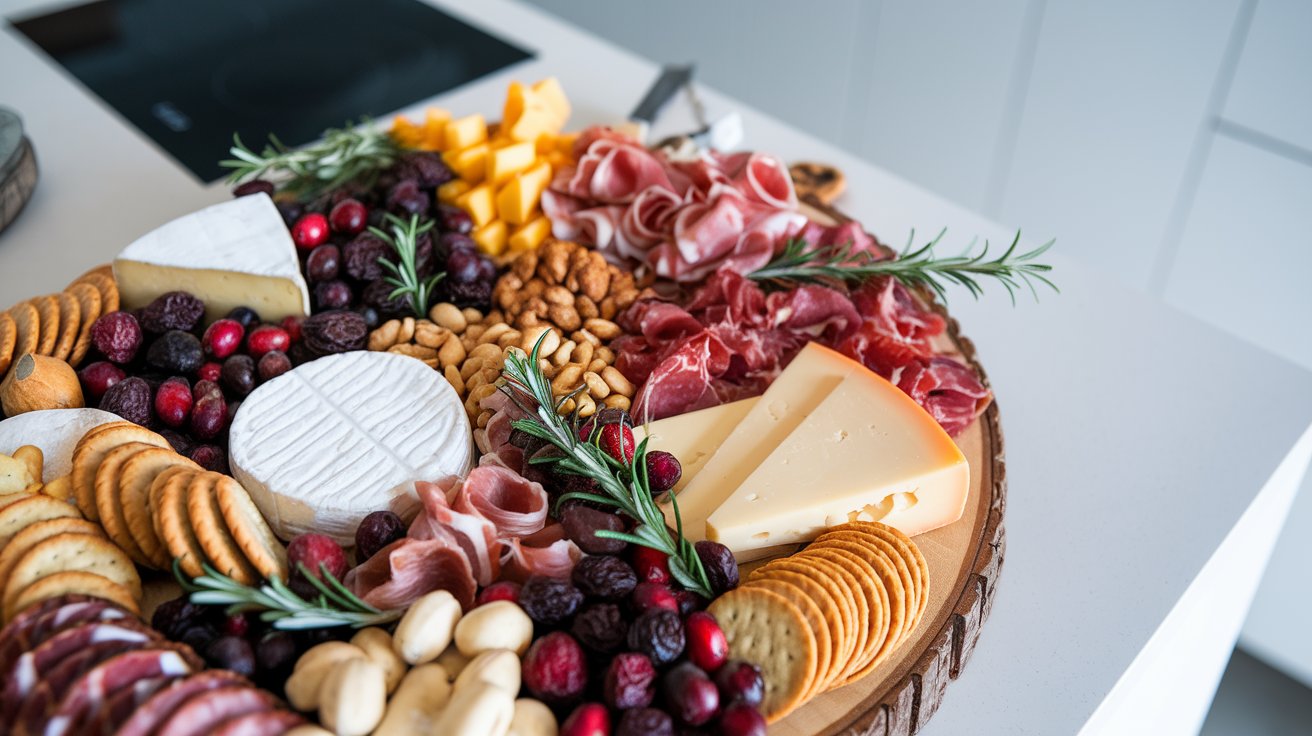There’s something magical about the combination of rich, creamy seafood and the crusty warmth of a perfectly toasted bread bowl. This seafood bread bowl recipe brings the flavors of the ocean to your table, wrapped in a cozy, edible bowl that’s as satisfying as the meal itself. Whether it’s for a hearty lunch, a special occasion, or a weekend treat, this dish delivers comfort and luxury in every bite.
In this article, we’ll walk you through everything you need to know to create this decadent dish—from choosing the right bread to perfecting the seafood filling. So, if you’re ready to elevate your cooking game, let’s dive in!
Why You’ll Love This Seafood Bread Bowl Recipe
Whether you’re planning a cozy dinner for two, a festive gathering, or simply craving comfort food, this dish adapts beautifully. Its versatility makes it ideal for holidays, weekend brunches, or those chilly winter nights when you need something warm and hearty. For more inspiration, check out these rich and comforting soup ideas to elevate your meal planning.
1. Flavorful and Satisfying
The creamy, seafood-rich filling is packed with bold flavors, while the bread bowl provides a delightful balance of crunchy and soft textures.
2. Perfect for Any Occasion
Whether you’re planning a cozy dinner for two, a festive gathering with friends, or simply craving comfort food, this dish adapts beautifully. Its versatility makes it ideal for holidays, weekend brunches, or those chilly winter nights when you need something warm and hearty. Explore more hearty soups in creative serving styles for additional ideas.
3. Customizable to Your Tastes
From the type of bread to the seafood used, you can tweak this recipe to suit your preferences. For instance, if you want a low-fat option, you can swap heavy cream for Greek yogurt. Or, if you’re looking for a gluten-free version, specialty bread or rolls will do the trick.
Above all, this recipe encourages creativity, allowing you to explore endless variations to make it truly your own.
How to Choose the Perfect Bread for a Seafood Bread Bowl
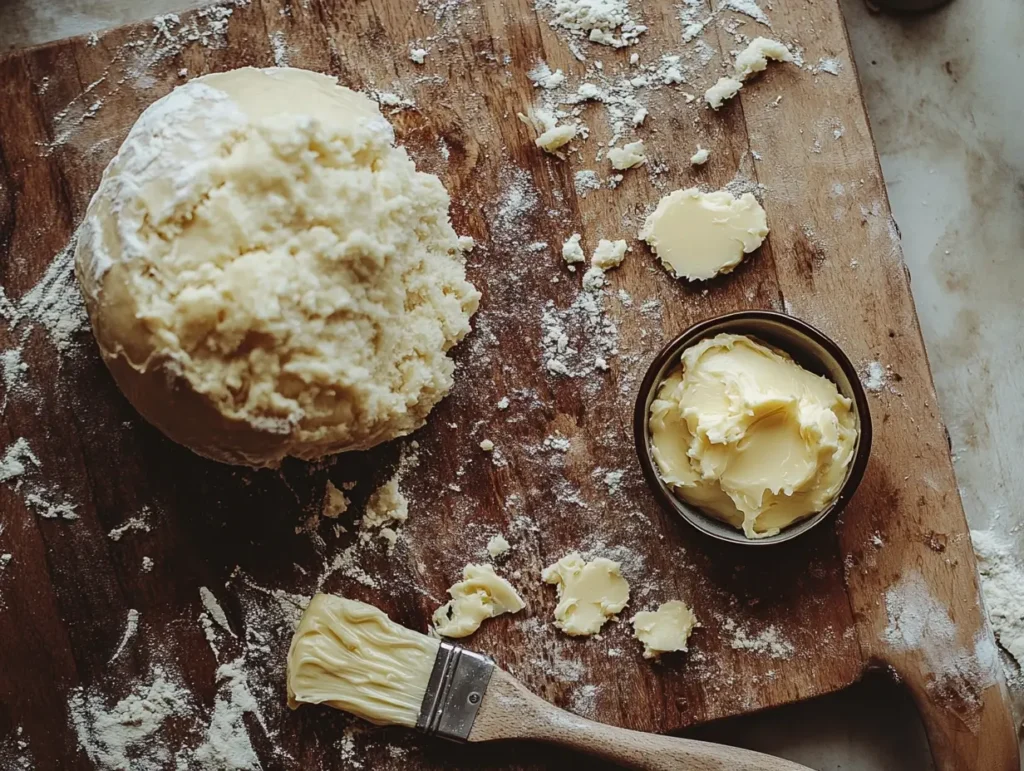
The bread bowl is more than just a serving vessel—it’s an integral part of this dish’s charm. By selecting the right bread and preparing it correctly, you can take your seafood bread bowl to the next level.
Choosing the Right Bread
Your bread bowl needs to be sturdy enough to hold the creamy filling while also adding its own distinct flavor. Here are some top choices to consider:
- Sourdough: Its tangy flavor complements the richness of the seafood soup, creating a perfect harmony of tastes.
- Pumpernickel: A slightly sweet, earthy option for those seeking something unique and flavorful.
- Rustic Artisan Bread: Offers a crunchy exterior and soft interior, making it ideal for soaking up the soup’s creamy goodness.
For smaller portions, crusty rolls work well as mini bread bowls. Additionally, gluten-free bread is an excellent alternative for those with dietary restrictions.
How to Prepare the Bread Bowl
To ensure your bread bowl is as delicious as the filling, follow these steps:
- Hollow Out the Bread
- Using a sharp knife, carefully cut a circular lid on top of the bread. Next, gently scoop out the interior, leaving about an inch of thickness to maintain sturdiness.
- Toast the Bowl
- Brush the interior with garlic butter or olive oil for added flavor.
- Bake at 350°F for 8–10 minutes until crisp and golden.
Toasting the bread prevents it from becoming soggy and adds a delightful layer of crunch that enhances the overall dish.
Creative Variations
If you’re feeling adventurous, here are a few ways to add more flair to your bread bowl:
- Garlic Butter Bread Bowl: Infuse your bread with additional flavor by brushing it with garlic butter before toasting.
- Mini Bread Bowls: Use smaller rolls to create individual servings that are perfect for entertaining.
- Herbed Bread Bowls: Sprinkle fresh dill, thyme, or rosemary on top before baking for a fragrant touch.
By experimenting with these options, you’ll find the perfect bread bowl to suit your preferences and impress your guests.
Essential Ingredients for a Creamy Seafood Bread Bowl
To create the perfect seafood bread bowl, high-quality ingredients are essential. From seafood stock to fresh herbs, preparation makes all the difference. Learn more about preparing ingredients for soup recipes to ensure every element of your dish shines.
Seafood
The seafood you choose is the star of the dish, so opt for options that provide depth and richness. Popular choices include:
- Shrimp and Crab: A classic pairing that delivers sweet and savory notes, ideal for a traditional flavor profile.
- Scallops: For an added touch of elegance and a buttery texture.
- Imitation Crab: A budget-friendly alternative that still packs plenty of flavor.
For a more luxurious version, consider adding lobster or clams to the mix.
Cream Base
A creamy, velvety soup is the foundation of this dish. To achieve the desired texture and flavor:
- Use heavy cream and butter for a rich, luscious consistency.
- Incorporate seafood stock to enhance the oceanic flavors. If seafood stock isn’t available, chicken broth can work as a substitute.
Flavor Enhancers
Seasonings are essential for depth and balance. Key additions include:
- Old Bay Seasoning: A must-have for any seafood dish, bringing a perfect blend of spices.
- Garlic and Fresh Dill: These ingredients brighten the dish and add aromatic layers.
- Smoked Paprika: Introduces a subtle smoky heat that complements the creaminess of the soup.
Optional Add-Ins
For added texture and color, consider these options:
- Cheese: Shredded cheddar or Parmesan adds a gooey, decadent finish.
- Vegetables: Corn, bell peppers, or leeks can provide a burst of freshness and crunch.
With these ingredients, you’re well on your way to crafting a seafood bread bowl that’s both delicious and memorable.
Step-by-Step Directions for Making a Seafood Bread Bowl
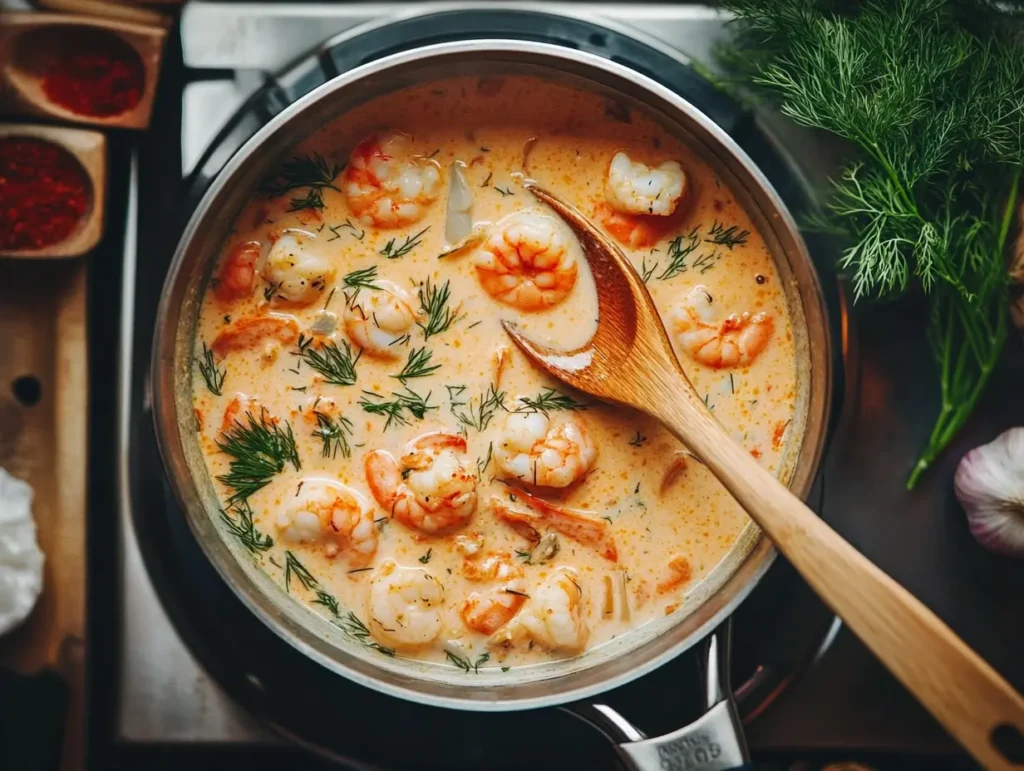
Creating a seafood bread bowl is a straightforward process when broken into manageable steps. Here’s how to do it:
1. Prepare the Bread Bowl
- Begin by hollowing out your bread as described earlier.
- Toast the bread to achieve a crisp, golden interior that enhances both flavor and texture.
2. Cook the Seafood Base
- Sauté the Seafood
- In a skillet, cook shrimp, crab, or scallops with olive oil until just tender. Set aside to avoid overcooking during the next steps.
- Create the Cream Base
- Melt butter in a pot over medium heat. Whisk in flour to create a roux, cooking until it turns golden brown. Gradually add seafood stock, stirring until smooth, and then pour in heavy cream. Allow the mixture to simmer gently.
- Season the Soup
- Add Old Bay, garlic, dill, smoked paprika, and a pinch of salt to taste. Let the soup simmer for 10–15 minutes, allowing the flavors to meld together beautifully.
3. Assemble the Dish
- Fill the toasted bread bowl with the creamy seafood soup.
- Garnish with fresh herbs, grated cheese, or a sprinkle of smoked paprika for an extra touch of elegance.
Serve immediately for the best flavor and texture, and watch as your guests savor every bite.
Tips for Perfecting Your Seafood Bread Bowl
To ensure your seafood bread bowl turns out perfectly every time, keep these tips in mind:
1. Fresh vs. Frozen Seafood
- Fresh seafood offers superior flavor and texture, but high-quality frozen options are convenient and budget-friendly. Be sure to thaw frozen seafood thoroughly before cooking.
2. Toast the Bread Bowl
- Don’t skip this step! Toasting not only enhances the flavor but also prevents the bread from becoming soggy when filled with the soup.
3. Balance Creaminess
- If the soup feels too heavy, lighten it by replacing some cream with seafood stock or even a splash of white wine for a subtle, tangy lift.
By following these tips, you’ll elevate your seafood bread bowl to a dish that’s as impressive as it is delicious.
Creative Variations of the Seafood Bread Bowl
One of the best things about the seafood bread bowl is its versatility. With a few tweaks, you can create exciting variations to suit your preferences or dietary needs. Here are some ideas to inspire you:
1. Dairy-Free Option
If you’re avoiding dairy, don’t worry—this dish can still be creamy and delicious. Instead of heavy cream, you can use:
- Coconut Milk: This adds a subtle sweetness that beautifully complements the seafood flavors.
- Almond Cream: A neutral alternative that provides a rich texture without overpowering the other ingredients.
Additionally, consider using olive oil instead of butter for sautéing your seafood. This small adjustment keeps the recipe flavorful while making it dairy-free.
2. Low-Fat Version
For a lighter take on the dish, try swapping the cream and butter with:
- Greek Yogurt: This offers a tangy creaminess while cutting down on fat.
- Low-Fat Milk: Thickened with a touch of cornstarch, it achieves a velvety texture without the added richness of cream.
To further reduce calories, you can also skip the cheese garnish or use reduced-fat cheese. These substitutions help you enjoy a healthier version without compromising on taste.
3. Regional Twists
To make your seafood bread bowl stand out, why not explore different regional flavors? Here are a few exciting ideas:
- Cajun-Inspired: Add andouille sausage, cayenne pepper, and a sprinkle of Cajun seasoning for a bold and spicy twist.
- Mediterranean Style: Incorporate olives, lemon zest, and fresh oregano for a bright, zesty profile.
- Asian-Inspired: Use ginger, lemongrass, and a splash of soy sauce to infuse your soup with bold, aromatic flavors.
By experimenting with these variations, you’ll not only keep the dish interesting but also create a version that matches your mood or occasion.
How to Serve Your Seafood Bread Bowl
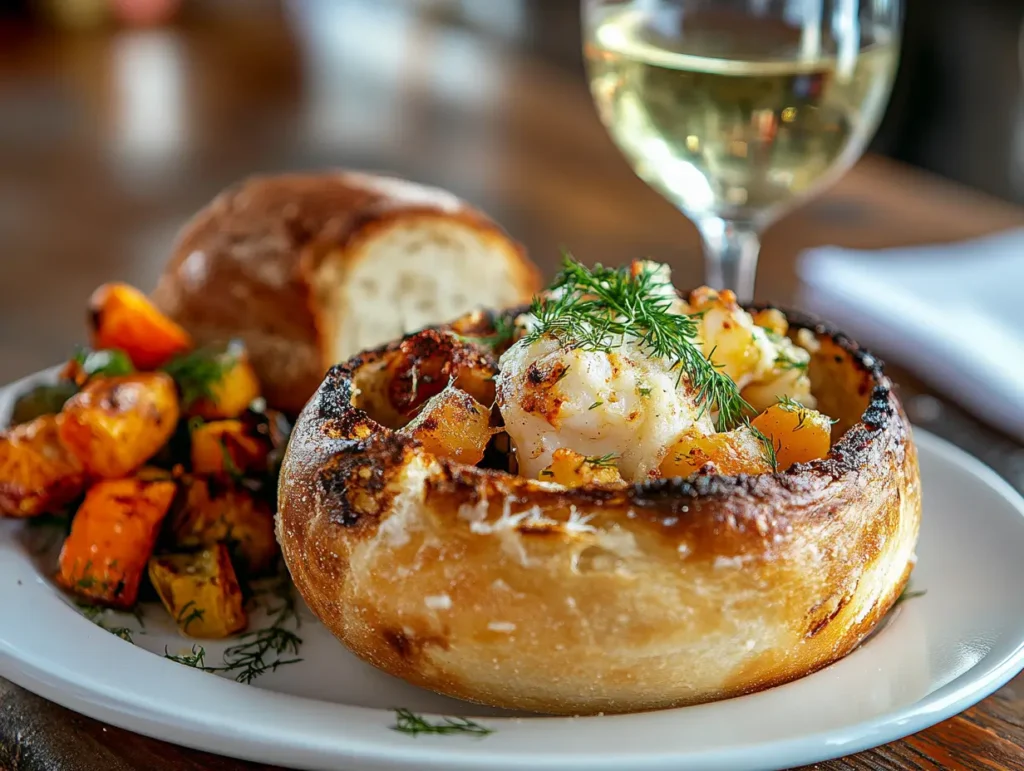
Serving your seafood bread bowl thoughtfully can take it from delicious to unforgettable. Whether it’s for a casual lunch or an elegant dinner, these tips will ensure your presentation is flawless.
Pairing Seafood Bread Bowls with Sides
To complete the meal, consider these complementary sides:
- Fresh Salads: A crisp green salad with a light lemon vinaigrette provides a refreshing contrast to the creamy soup.
- Garlic Breadsticks: These are perfect for dipping into any extra soup you might have.
- Roasted Vegetables: Try caramelized carrots, asparagus, or Brussels sprouts. Their natural sweetness balances the rich flavors of the seafood bread bowl.
For an extra touch, you can also serve pickled vegetables or a tangy relish on the side to add complexity to the meal.
Storing and Reheating Your Seafood Bread Bowl
If you’re fortunate enough to have leftovers, proper storage and reheating will ensure they taste just as delightful as when freshly prepared.
Storage Tips
- Soup: Store the soup in an airtight container in the refrigerator for up to three days. This helps preserve the freshness and prevents odors from seeping in.
- Bread Bowls: To avoid sogginess, keep the bread bowls separate. Wrap them in foil or store them in a zip-top bag at room temperature for up to two days.
If you anticipate freezing the soup, it’s best to leave out the cream. Add it during reheating for the best texture and flavor.
Reheating Instructions
When you’re ready to enjoy your leftovers, follow these steps to bring them back to life:
- Soup: Warm the soup on the stovetop over low heat, stirring frequently. Avoid boiling, as it can cause the cream to separate and affect the texture.
- Bread Bowls: Reheat the bread bowls in a 350°F oven for 5–7 minutes. This restores their crispness while keeping them warm for serving.
By taking these extra steps, your seafood bread bowl will taste just as good, if not better, the second time around.
FAQs About Seafood Bread Bowls
To help you perfect this dish, here are answers to some of the most frequently asked questions:
What kind of bread does Panera use for bread bowls?
Panera Bread uses sourdough bread for their bread bowls. This type of bread is ideal because it has a firm, crusty exterior that holds liquids well without breaking down. The slightly tangy flavor of sourdough complements a wide variety of soups, from creamy clam chowder to hearty vegetable stews.
What’s the point of a bread bowl?
A bread bowl serves both as a vessel for holding soups or dips and as an edible component of the meal. It adds texture and flavor to the dish, turning it into a more interactive dining experience. The crusty bread bowl absorbs the soup’s flavors as it softens, making it a delicious addition to the meal. It’s practical, fun, and eliminates the need for extra dishes—perfect for casual meals or parties.
How do bread bowls not get soggy?
To prevent sogginess, the interior of the bread bowl is usually toasted or brushed with butter or olive oil before being filled. This creates a barrier that slows the absorption of liquids. Additionally, using thick soups or dips, rather than thin broths, helps keep the bread intact for longer.
How to eat clam chowder in a bread bowl?
Start by enjoying the clam chowder with a spoon while it’s in the bowl. Once the soup level lowers, tear pieces of the softened bread from the inside and dip them into the remaining chowder. When most of the soup is gone, break apart the crusty exterior and enjoy it with any leftover liquid.
How does Panera get their bread?
Panera bakes its bread fresh daily in their stores using proprietary recipes. Their bakers use high-quality ingredients to create their signature sourdough, ciabatta, and artisan loaves. The bread is crafted to complement their wide range of soups, sandwiches, and other menu items.
How to hollow out a bread bowl?
Use a sharp knife to cut a circular lid on top of the bread. Gently remove the top, and scoop out the interior using your hands or a spoon, leaving about 1 inch of bread along the sides and bottom. Be careful not to puncture the crust to ensure the bowl holds liquid effectively.
Conclusion
The seafood bread bowl is more than just a recipe—it’s a celebration of rich flavors, comforting textures, and creative presentation. From the creamy seafood filling to the crispy, golden bread bowl, every element of this dish works together to create an unforgettable meal.
Whether you’re hosting a dinner party, preparing a special family meal, or simply treating yourself to a restaurant-worthy dish at home, this recipe delivers in every way. So why wait? Gather your ingredients, follow the steps, and enjoy the magic of a seafood bread bowl. Your guests—and your taste buds—will thank you for it!
